You squeeze your eyes shut and will away the heat, soreness, and exhaustion. Just a bit more.
Three …
Two …
One …
SCREEECH! Finally, the whistle blows, and you head off the field straight for that ice pack—for sweet, cold relief.
Ten minutes later, you peel off the ice pack and jog back onto the field, ready to resume play. Or not.
According to a review article published last month in the journal Sports Medicine, icing immediately before or during activity affects performance adversely contrary to such action after play.
The study, conducted by researchers at University of Ulster in the United Kingdom, analyzed a variety of prior studies that examined the relationship between icing and muscle performance and found that in most cases, extended icing prior to play would decrease power, agility, jump height, and overall dexterity.
Those negative effects were found to increase with the length of cooling time. With 10 or more minutes of icing, dexterity and strength were observably worsened, while less than 10 minutes of icing saw negligible changes in performance quality.
The study did not examine the reasons behind ice’s detrimental effect on muscle activity. Nonetheless, Dr. Chris Bleakley, the head researcher of the study, said in a phone interview with The Winged Post that there were probably “a number of factors.” He said that the hemodynamic response (blood flow) “might be relevant,” but that a neurological effect was “more likely:” cold temperatures probably have a “much faster and probably much more potent effect on nerve conduction velocity.”
Dr. Jeffrey Blue, the school physician, agrees. Elaborating on ice’s hemodynamic effect, he said, “[ice] causes a decrease in blood flow to the muscle [and] some stiffness afterward.”
Evidently, icing muscles has its benefits too. It is part of the four-step routine for treating basic injuries, commonly summarized by the first aid acronym RICE: Rice, Ice, Compression, and Elevation.
For example, ice lowers the elevated temperatures that accompany exercise and numbs pain and inflammations.
For cross-country runner Ragini Bhattacharya (11), who would ice after every practice, that numbing effect makes a “night and day difference.”
“If I don’t ice, the next day my shins will be pounding, but if I ice, then it numbs [the pain]. It still hurts, but it’s at least better,” she said.
Meanwhile, even though water polo player Akshay Ramachandran (12) does not feel the consequence of refraining from icing sore muscles, he believes that doing so does indeed relieve pain.
“[Icing cools my muscles] down and when [I] take the ice off the blood rushes back … and so it feels nice after I work out,” he said.
However, Dr. Bleakley notes that the numbing effect could be a double-edged sword: by masking pain, it may encourage an athlete to return to play with injured tissue.
For optimal performance and minimal injury risk, Dr. Blue recommends that players warm up before the game and remain warm and loose during exercise. He said that cooling is only effective after exercise or right before going to bed.
Dr. Bleakley concurs that icing “depends on what the rationale is for applying cooling. As with any intervention, [athletes] have to weigh the pros and cons.”
For those who do decide to ice during play, Dr. Bleakley said that the “best practice” is to apply ice for short periods and warm up briefly before charging back into full activity.












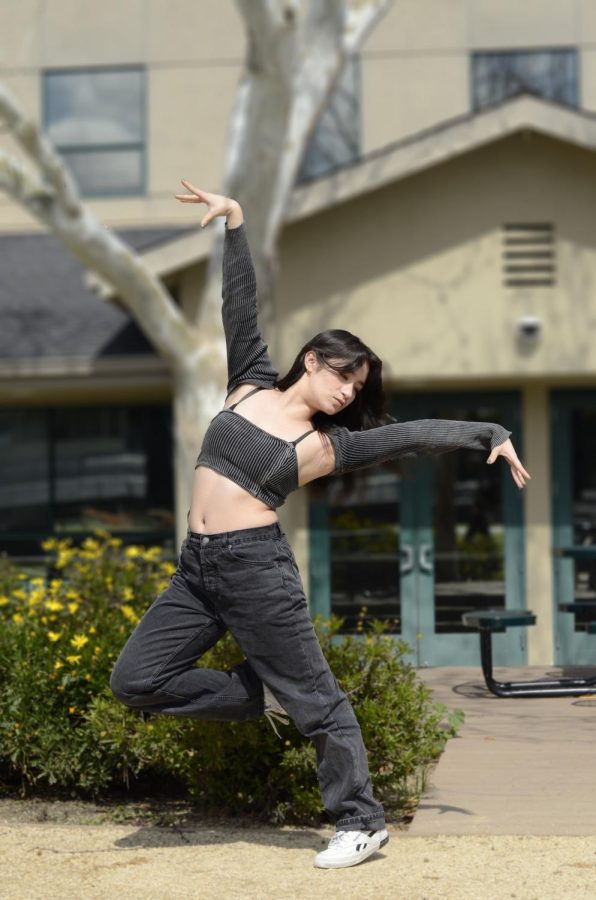





![“[Building nerf blasters] became this outlet of creativity for me that hasn't been matched by anything else. The process [of] making a build complete to your desire is such a painstakingly difficult process, but I've had to learn from [the skills needed from] soldering to proper painting. There's so many different options for everything, if you think about it, it exists. The best part is [that] if it doesn't exist, you can build it yourself," Ishaan Parate said.](https://harkeraquila.com/wp-content/uploads/2022/08/DSC_8149-900x604.jpg)



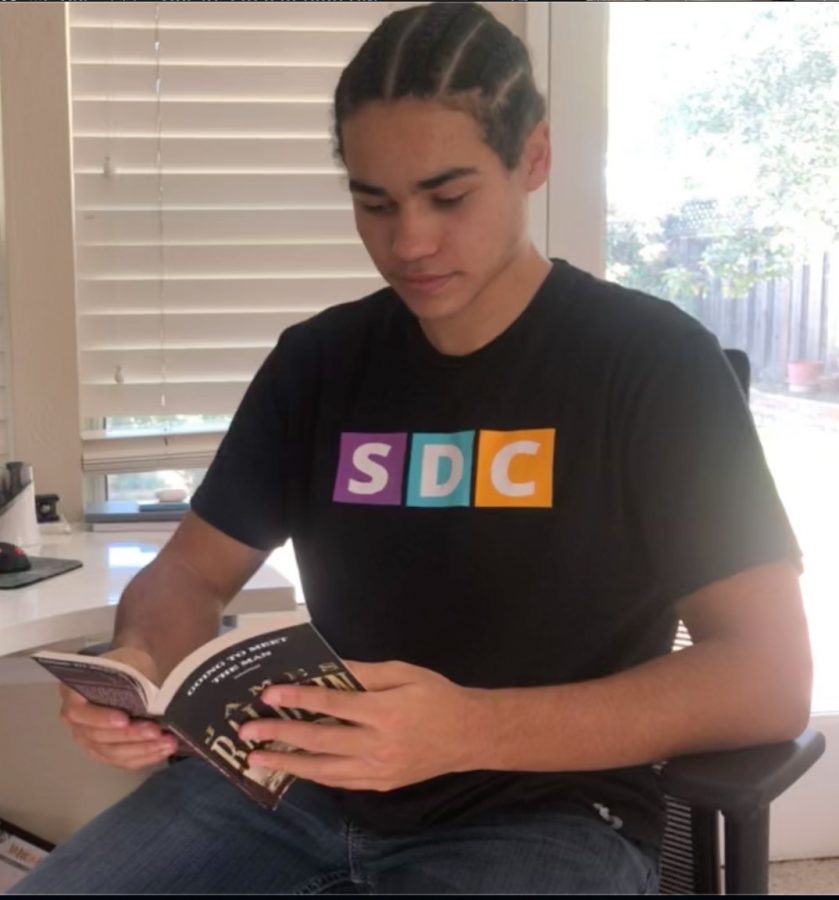
![“When I came into high school, I was ready to be a follower. But DECA was a game changer for me. It helped me overcome my fear of public speaking, and it's played such a major role in who I've become today. To be able to successfully lead a chapter of 150 students, an officer team and be one of the upperclassmen I once really admired is something I'm [really] proud of,” Anvitha Tummala ('21) said.](https://harkeraquila.com/wp-content/uploads/2021/07/Screen-Shot-2021-07-25-at-9.50.05-AM-900x594.png)







![“I think getting up in the morning and having a sense of purpose [is exciting]. I think without a certain amount of drive, life is kind of obsolete and mundane, and I think having that every single day is what makes each day unique and kind of makes life exciting,” Neymika Jain (12) said.](https://harkeraquila.com/wp-content/uploads/2017/06/Screen-Shot-2017-06-03-at-4.54.16-PM.png)






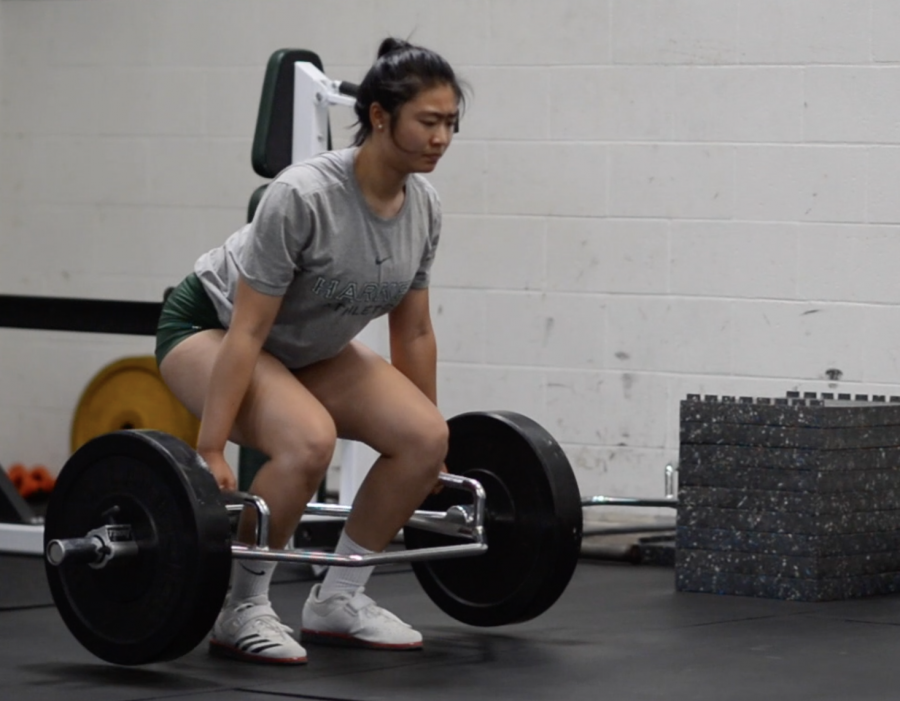

![“My slogan is ‘slow feet, don’t eat, and I’m hungry.’ You need to run fast to get where you are–you aren't going to get those championships if you aren't fast,” Angel Cervantes (12) said. “I want to do well in school on my tests and in track and win championships for my team. I live by that, [and] I can do that anywhere: in the classroom or on the field.”](https://harkeraquila.com/wp-content/uploads/2018/06/DSC5146-900x601.jpg)
![“[Volleyball has] taught me how to fall correctly, and another thing it taught is that you don’t have to be the best at something to be good at it. If you just hit the ball in a smart way, then it still scores points and you’re good at it. You could be a background player and still make a much bigger impact on the team than you would think,” Anya Gert (’20) said.](https://harkeraquila.com/wp-content/uploads/2020/06/AnnaGert_JinTuan_HoHPhotoEdited-600x900.jpeg)

![“I'm not nearly there yet, but [my confidence has] definitely been getting better since I was pretty shy and timid coming into Harker my freshman year. I know that there's a lot of people that are really confident in what they do, and I really admire them. Everyone's so driven and that has really pushed me to kind of try to find my own place in high school and be more confident,” Alyssa Huang (’20) said.](https://harkeraquila.com/wp-content/uploads/2020/06/AlyssaHuang_EmilyChen_HoHPhoto-900x749.jpeg)
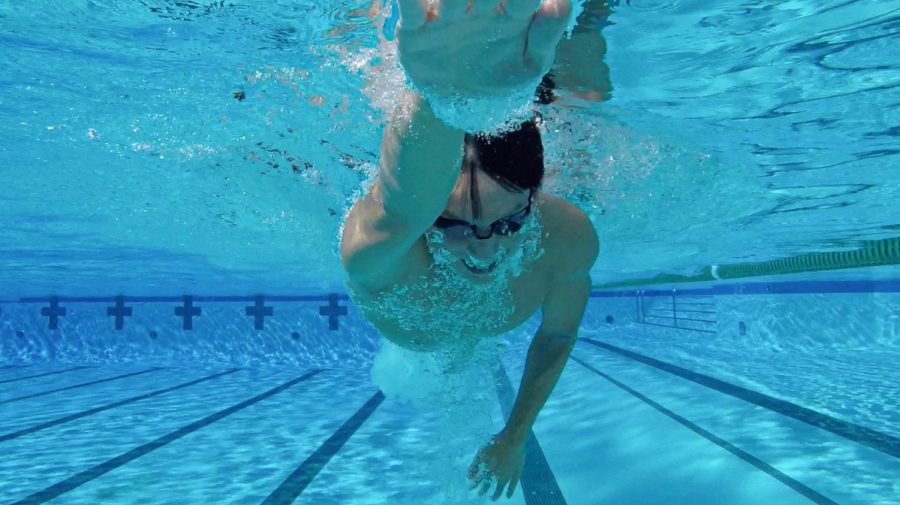


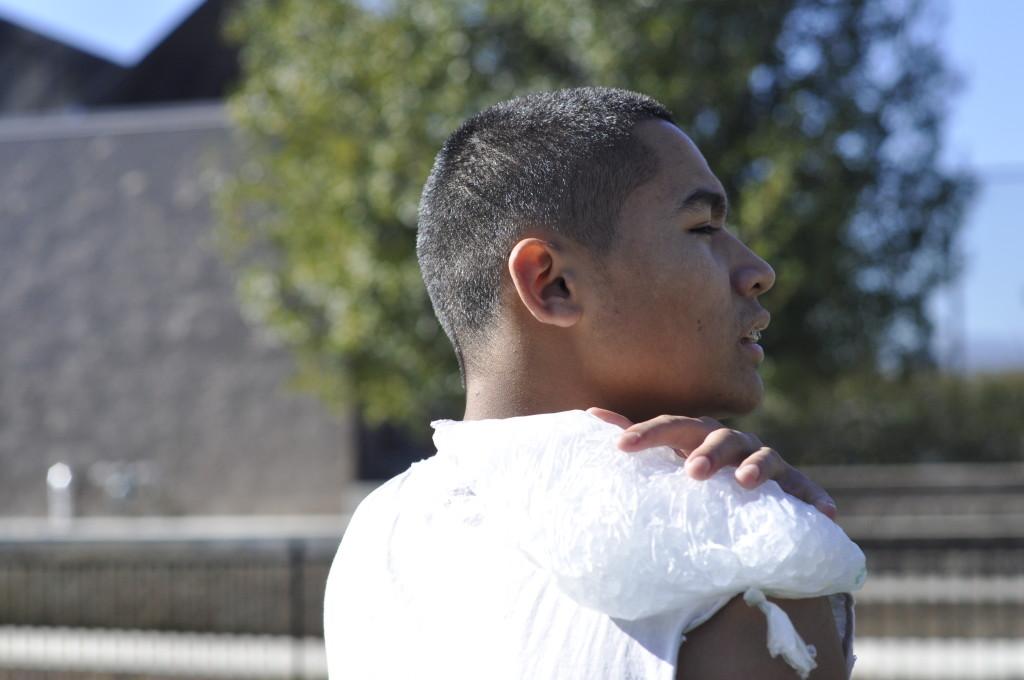
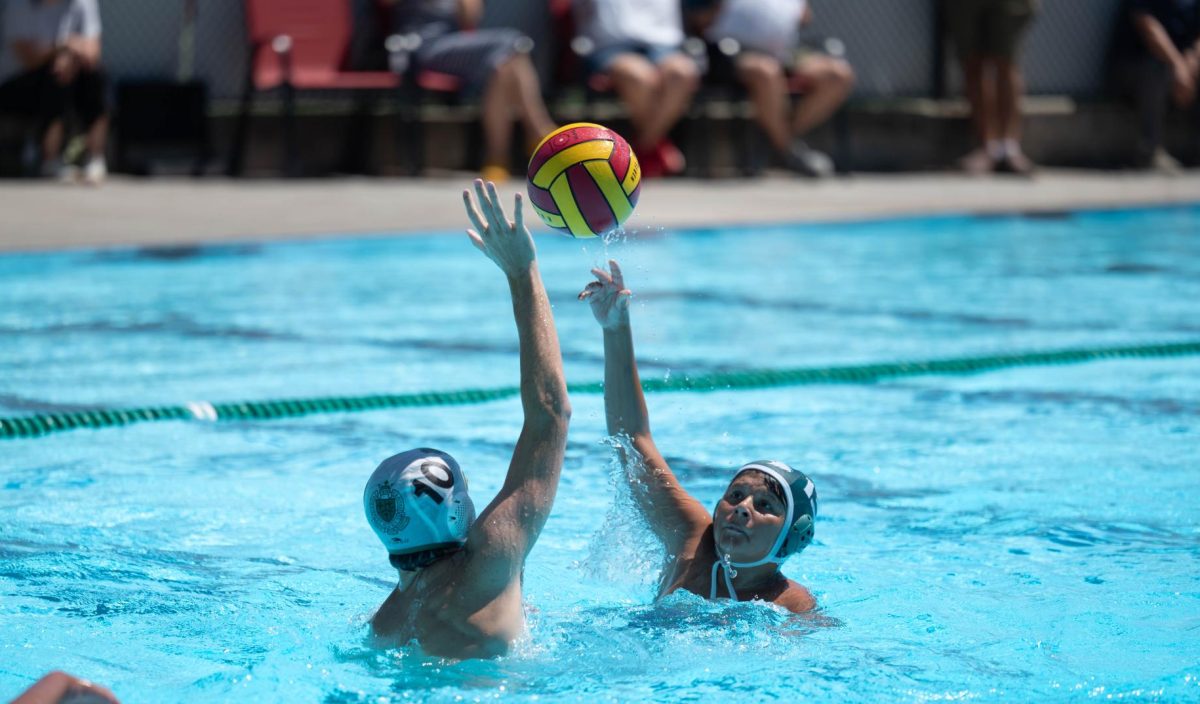
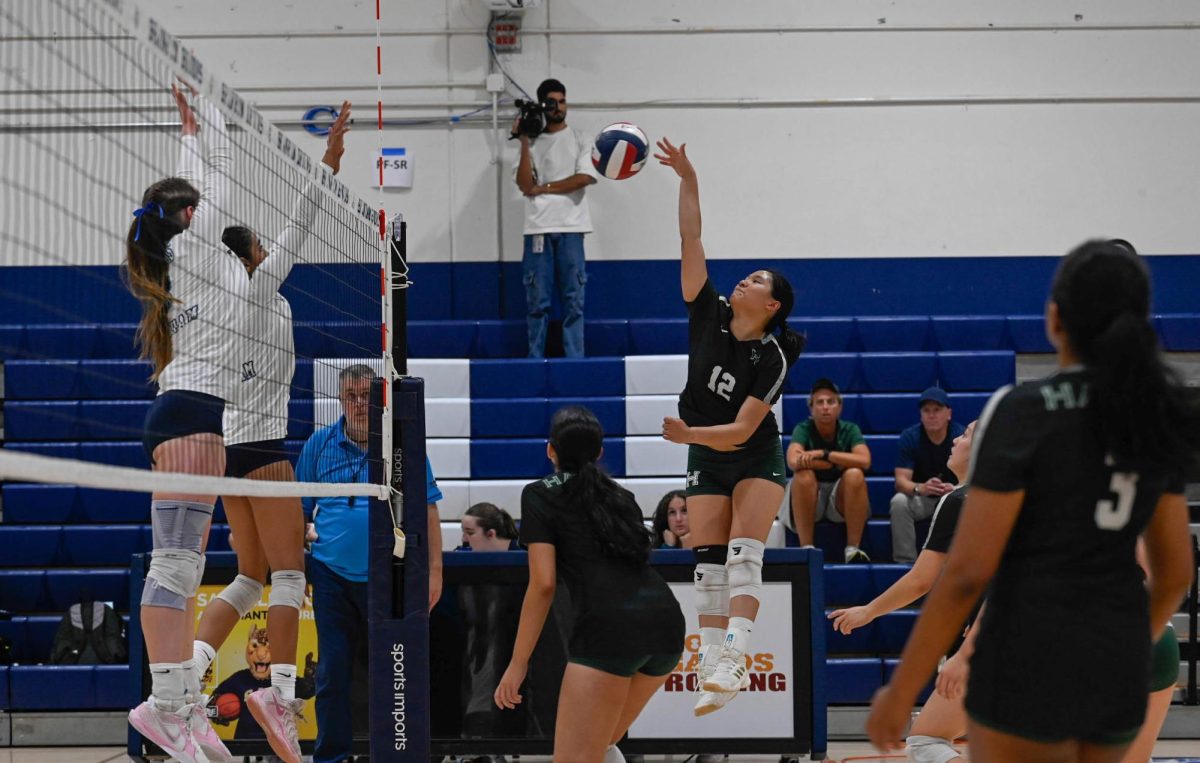

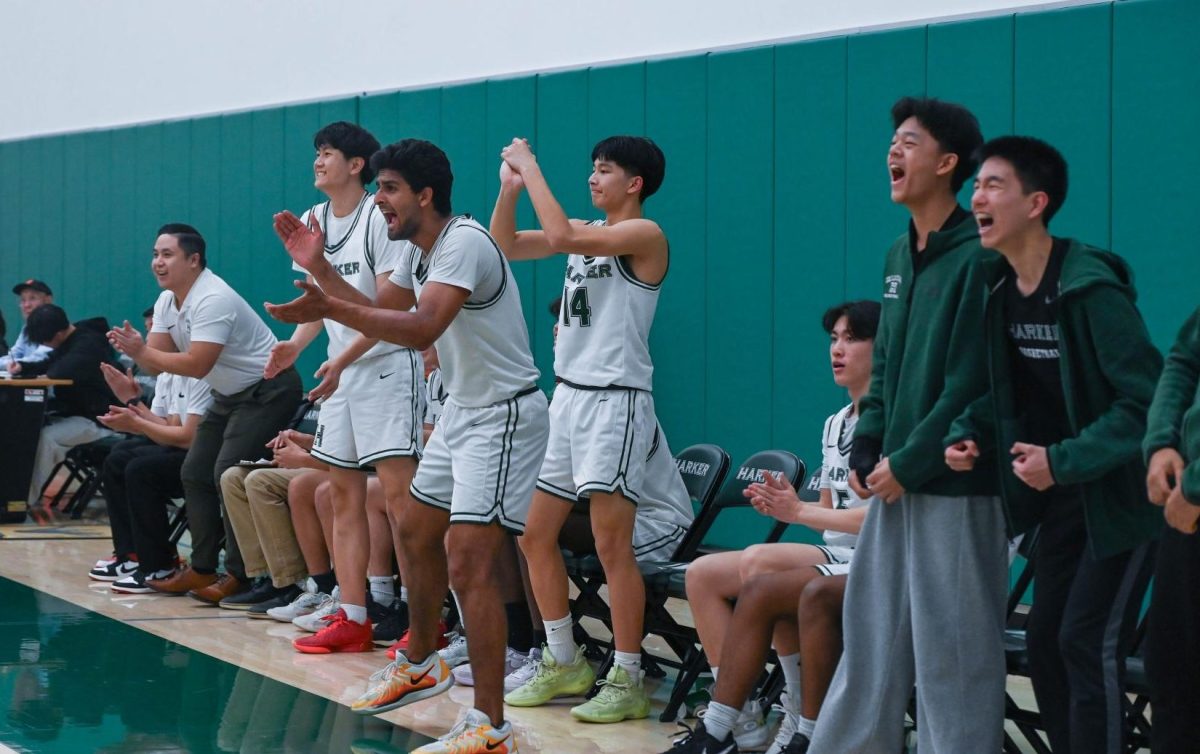
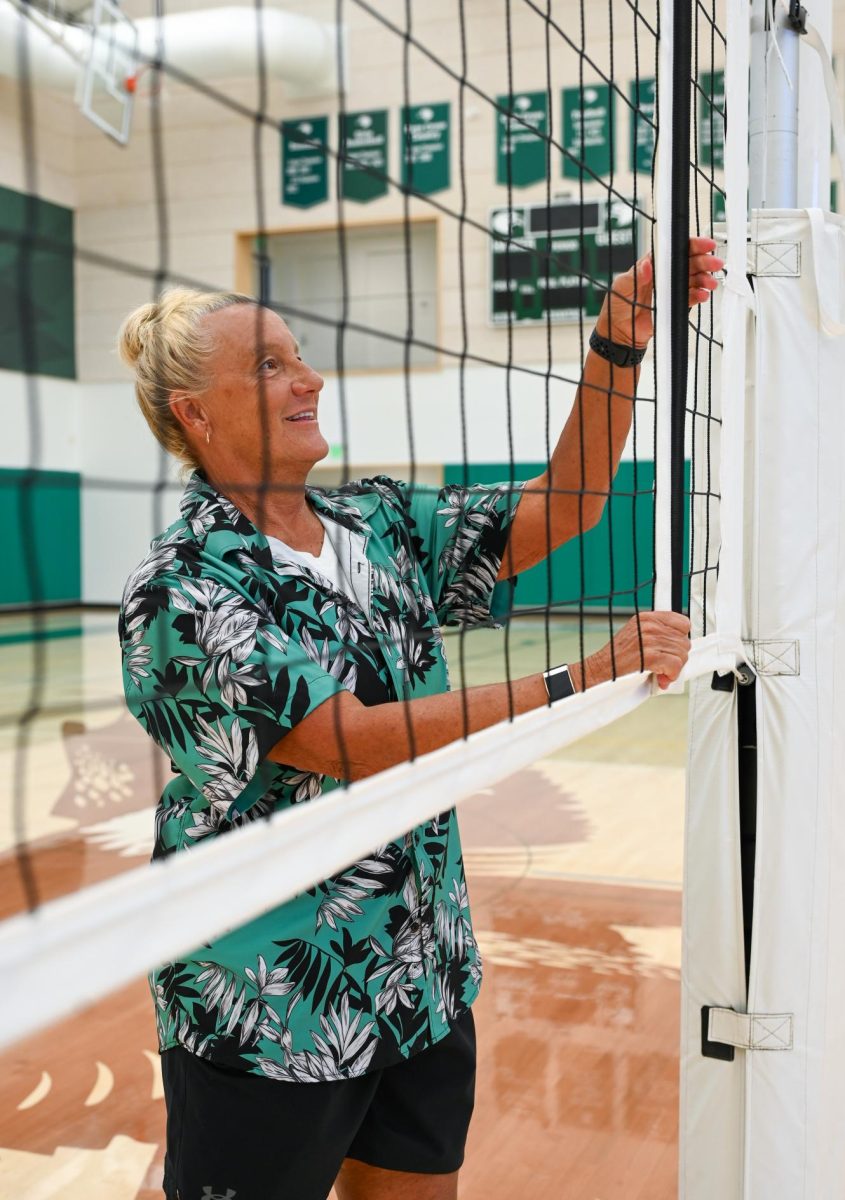
![Sai Kaneshiro (10) warms up her swinging technique during a practice. “I try to not think about [the pressure] too much and just take it one day at a time, one tournament at a time,” Sai said.](https://harkeraquila.com/wp-content/uploads/2025/08/sai-kaneshiro-10-ashley-mo-min-2-e1756584218934-981x1200.jpg)